TMJ Treatment – Plano, TX
Say “Goodbye” to Jaw & Head Pain
Do your days usually start with a sore jaw or headache? If so, then you’re far from alone, as it’s estimated that over 10 million Americans suffer from similar problems due to a dysfunctional TMJ (temporomandibular joint), which is the joint that connects your jaw to your head. TMJ problems often occur in tandem with sleep issues, and by providing personalized, targeted treatment, Dr. Keane Fedosky can address the root cause so that a patient can rest easy and enjoy peaceful nights (and better mornings) for years to come. Call us to schedule an appointment if you would like to get rid of your jaw pain.
Why Choose Sleep Rehab for TMJ Therapy?
- Customized Occlusal Splints
- Injection Therapy Available
- Knowledgeable Dentist and Caring Team
What is TMJ Disorder?
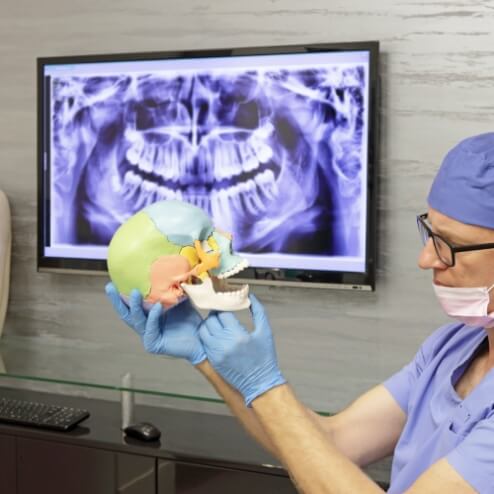
You can find your TMJ just by wiggling your mouth from side to side and placing your fingers right in front of your ears. Those little hinges are what allow your jaw to move freely in all directions when you chew, bite, talk, laugh, or yawn. Like other joints in the body, the TMJ can sometimes become strained and injured, which can lead to a suite of symptoms that is referred to as a TMJ disorder, or TMD for short.
Symptoms of TMJ Disorder
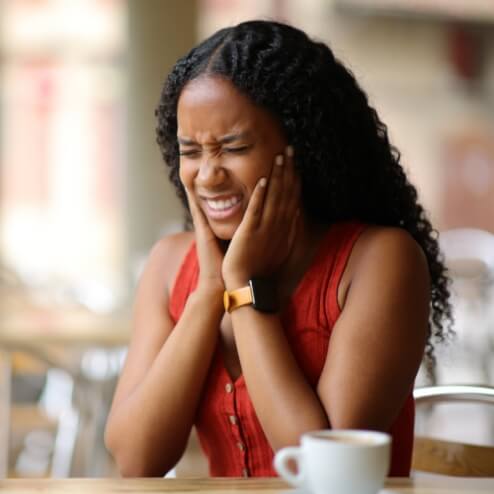
The most common symptoms of a TMD include:
- Persistent jaw pain
- Stiff jaw that is difficult to move
- A jaw that becomes stuck opening or closing
- Pain when chewing
- Constant clicking and popping in the jaw
- Frequent headaches/migraines
- Headaches that don’t respond to typical treatments
- Ear pain
- Neck pain
- Teeth grinding (bruxism)
Types of TMJ Treatment
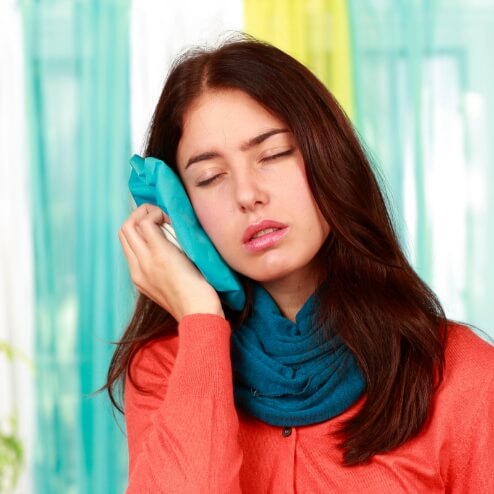
Things like a misaligned bite, bruxism (teeth grinding), a facial injury, arthritis, and too much stress can cause TMD. After examining your jaw and teeth, Dr. Fedosky will recommend a treatment plan that is designed to stop your pain quickly as well as make sure it doesn’t come back.
Occlusal Splint
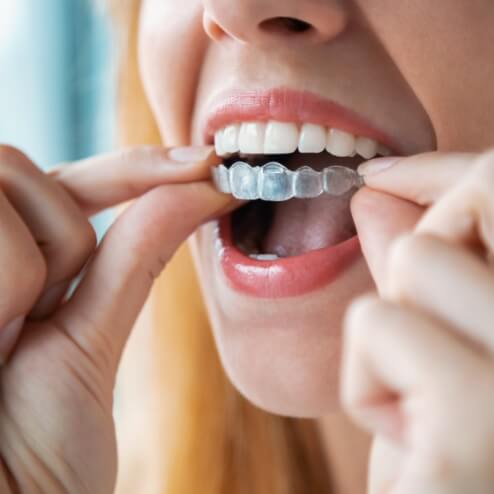
This is a custom-made oral appliance that serves a few different purposes. It protects the teeth from grinding together while a patient sleeps. It can also help slightly reposition the jaw into a more relaxed position so that the muscles that control the TMJ don’t become stiff and overworked.
At Sleep Rehab, Dr. Fedosky likes to use Thermoformed Day and Night appliances, which provide a comfortable, secure fit for every patient. They are also made of clear, high-quality materials, ensuring the appliances (and the relief they provide) can be trusted to last.
Trigger-Point Injections
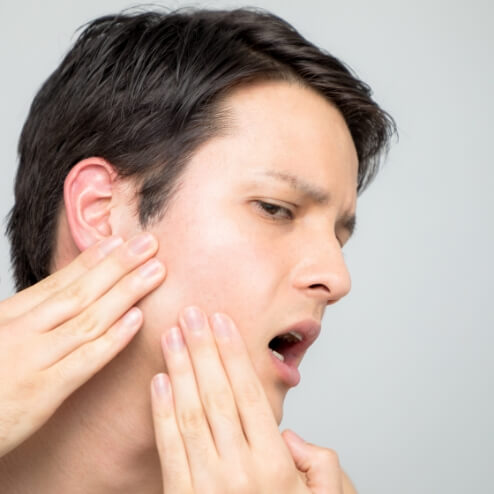
Pain medication or anesthesia is injected into tender facial muscles called "trigger points" to give relief.
Injection Therapy for TMJ
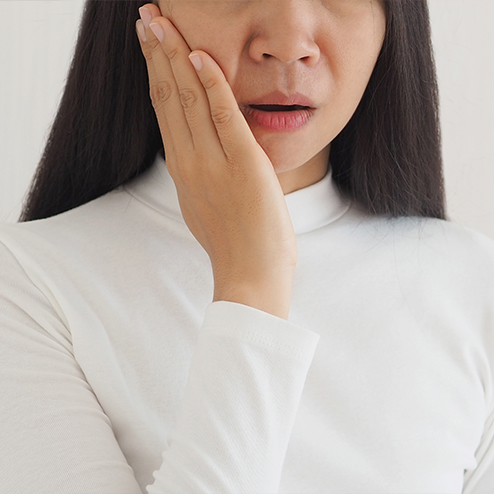
Sometimes, we recommend injections for relieving the discomfort caused by a TMJ disorder. There are two separate kinds of injection therapies that we offer. We may give you an injection of anesthesia to reduce your pain. In other cases, we may give you a BOTOX injection. BOTOX can help the muscles around your jaw joints relax, which helps get rid of the tension that contributes to TMJ headaches. Feel free to ask our team about the advantages of each type of injection.
Splint Therapy for TMJ
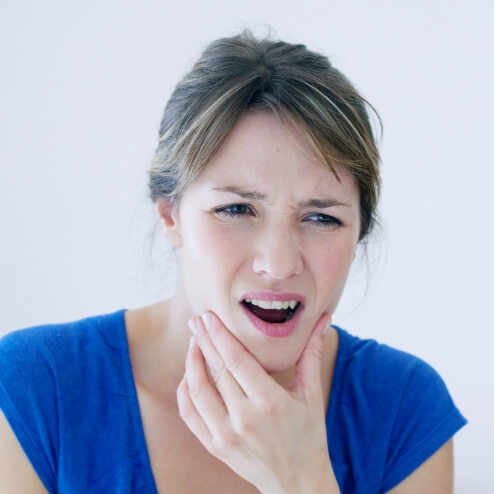
A customized occlusal splint is often an effective solution for TMJ disorder. Some splints are primarily meant to protect the teeth and jaws from bruxism while others slightly move the jaw forward to give the muscles a chance to rest and recover. Some people only need to wear their occlusal splints for a couple of weeks while others need to stick to the treatment for a few months; the timeline generally depends on the underlying issue being addressed.
BOTOX for TMJ Treatment
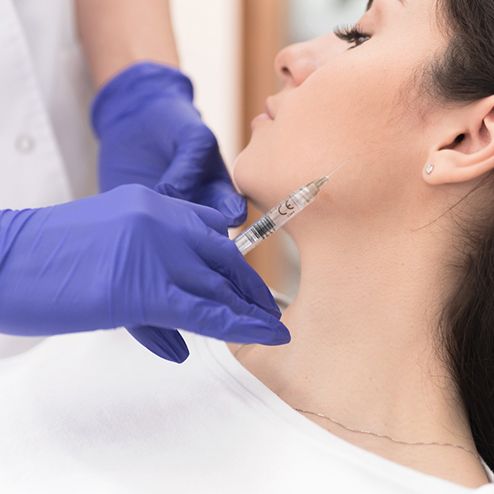
You might be familiar with BOTOX as a cosmetic procedure, but you may not know that the treatment can also be used to address certain health issues. TMJ happens to be a prominent example. In some circumstances, it can be a quick and easy method of addressing the symptoms of TMJ disorder; here’s what you should know about this method of treatment.
What is BOTOX?
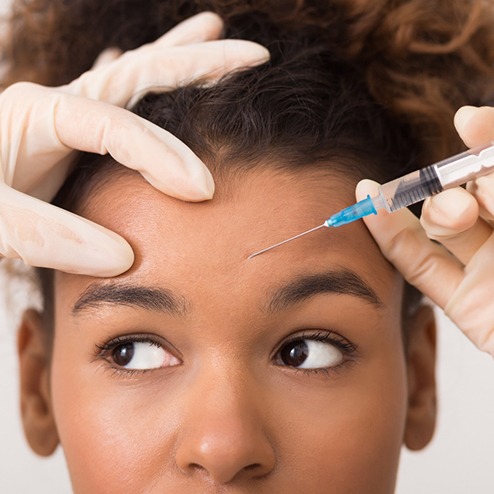
BOTOX is synthesized from the botulinum toxin, a bacteria that paralyzes muscles that it’s applied to. BOTOX is designed to selectively freeze certain muscles through an injection. This administration takes only moments, but require anywhere from five to ten days to fully take effect. However, once it’s fully set in, the results of BOTOX should last anywhere from three to four months.
Are You a Good Candidate for BOTOX for TMJ Treatment?
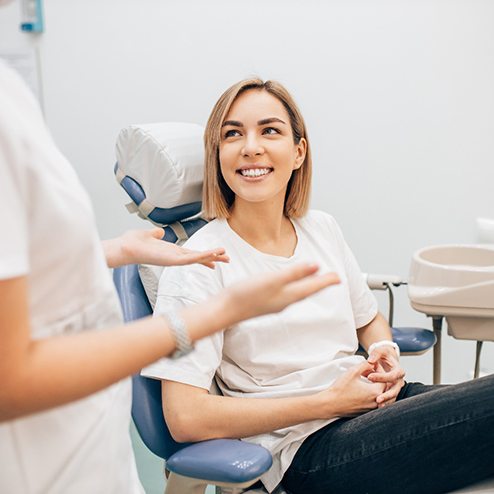
In the context of TMJ treatment, BOTOX can be used to paralyze certain overactive muscles, alleviating some of the key symptoms of the condition. If you’re dealing with any of these conditions, as a consequence of your TMJ disorder, you may benefit from BOTOX:
- Difficulty or pain while chewing
- Pain and tenderness in the jaw
- Limited mouth movement
- Clicking and popping sounds in the jaw when opening and closing the mouth
- Lockjaw
- Earaches or ringing in the ears (tinnitus)
- Pain behind the eyes
- Neck and back pain
It’s worth noting that BOTOX can be useful in dealing with the symptoms of TMJ disorder but cannot cure you of it. You’ll still need to treat the condition via other methods. However, it can make you much more comfortable while the core treatment proceeds.
How Can BOTOX Treat TMJ Disorder?
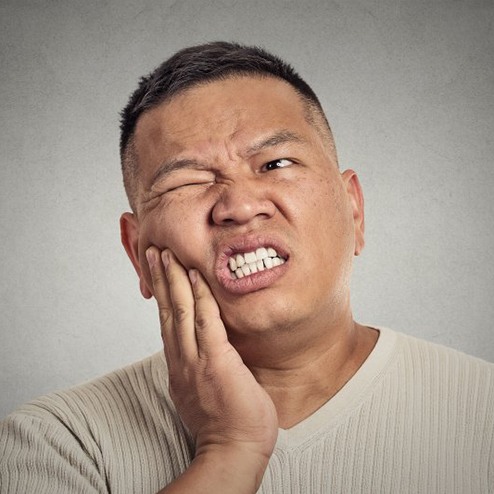
Many of the most uncomfortable symptoms of TMJ disorder are a consequence of muscle tension. Bruxism, jaw pain, and headaches are some of the symptoms most closely associated with this condition, and each of them have to do with the muscles in the face surrounding the jaw. By paralyzing these muscles, BOTOX is capable of alleviating these issues to a certain extent. This can provide patients with greater comfort, better sleep, and improved oral health outcomes more generally.
TMJ Treatment FAQs
During your TMJ therapy, we encourage you to call our office whenever you have a question. The better informed you are about your treatment, the easier it is to make the choices that are right for your smile. Below, we’ve provided brief yet informative answers for some of the most common TMJ-related questions that our patients often ask; if there’s something you want to know that isn’t discussed here, reach out to us today!
Can TMJ Be Cured Permanently?
The answer depends on what kind of treatment you’re receiving as well as the underlying cause of your TMJ disorder. Trigger point injections, for example, can provide relief from your pain but won’t necessarily address the problem. Meanwhile, occlusal splints can be used to reposition the jaw so that it no longer puts unnecessary amounts of tension on the TMJ, thus potentially putting a stop to a major contributing factor to your pain. Our team will be completely transparent with you about what you can expect in the long term when it comes to your TMJ treatment.
How Long Does TMJ Treatment Take?
The timeline for TMJ therapy depends on the specific treatments used as well as how severe your disorder is. For example, with occlusal splints, you can normally expect to need to wear your appliance for several weeks or months. Trigger point injections last about 30 days, and they can be repeated as necessary while you undergo additional treatments to address the cause of the problem.
Can TMJ Be Treated Without Surgery?
Not only can TMJ be successfully treated without surgery, but the National Institute of Health strongly recommends trying more conservative options first. This is because the surgical approach involves making permanent changes to the jaw and nearby anatomy; in most cases, the problem can be successfully treated without needing to make such drastic alterations.
Furthermore, in addition to professional treatment options, there are plenty of things you can do at home to help alleviate your TMJ pain without resorting to surgery. For example, a common contributing factor for TMJ disorder is grinding your teeth due to stress. As such, finding ways to keep your stress under control can potentially go a long way toward reducing your TMJ symptoms (although you’ll still want to seek care from a professional).
Is TMJ Treatment Covered by Insurance?
TMJ therapy is often covered by medical insurance, but it may depend on the situation. Insurance coverage for TMJ treatment varies from policy to policy and even state to state in some cases. Many plans put a limit on the type of TMJ treatment that they’re willing to cover; for example, some will pay for surgery but not occlusal splint therapy. It’s always best to check with your insurance provider about what kind of TMJ coverage they offer before you begin the treatment.

